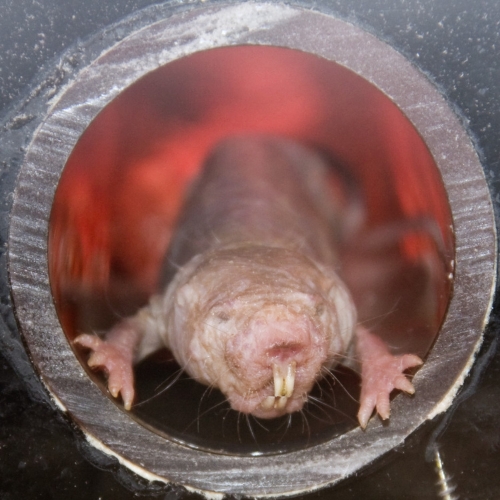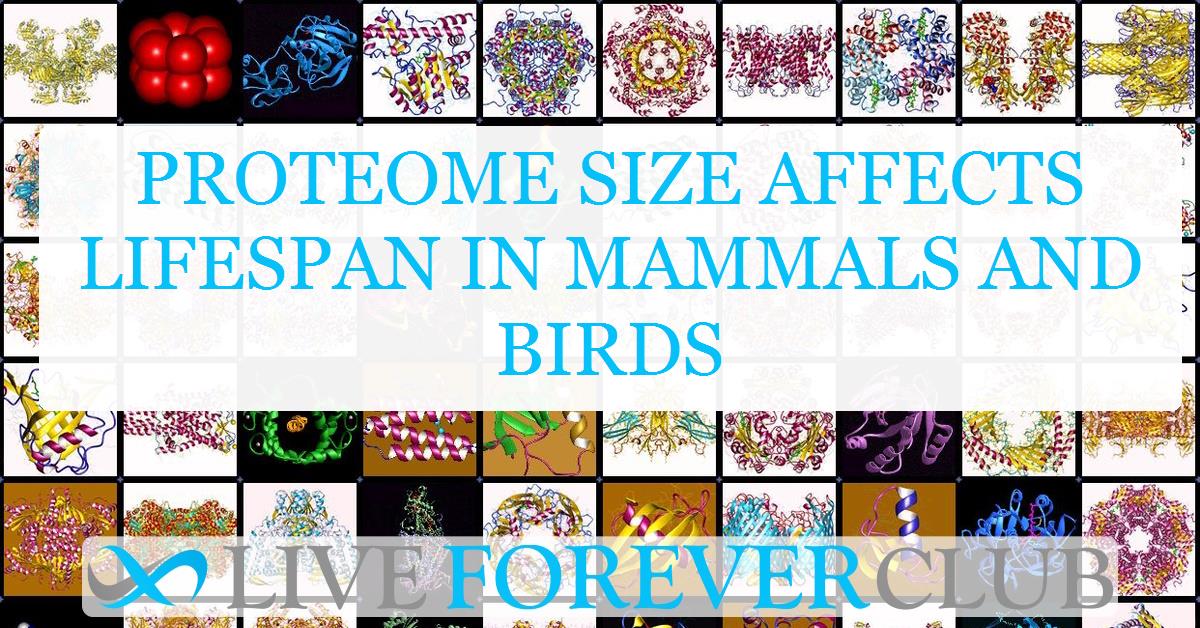Life expectancy varies widely among species. Some animals, like whales and elephants, live for decades, while others, like small rodents, survive only a few years. Scientists have spent years searching for genetic clues to explain these differences. The genome, which carries DNA, has long been studied for its role in lifespan. However, a new study has shifted the focus to the proteome—the complete set of proteins in an organism.
Proteins play a crucial role in maintaining cellular functions, repairing damage, and responding to stress. Since proteins are directly involved in biological processes, their composition and size might hold valuable clues about ageing. A recent study examined proteome size in 276 vertebrate species to determine if it correlates with lifespan. The results revealed an intriguing pattern. Mammals with larger proteomes tended to live longer, while in birds, the opposite trend emerged. These findings challenge existing assumptions about ageing and evolution.
Proteome Size and Lifespan: A Surprising Link
The researchers considered multiple factors that influence lifespan, including body weight. Larger animals generally live longer than smaller ones, a trend observed across many species. However, even after accounting for body size, proteome size showed a distinct correlation with lifespan.
Mammals with larger proteomes lived longer on average. This suggests that an expanded proteome might provide benefits such as better cellular repair mechanisms, enhanced protein stability, or improved metabolic processes. In contrast, birds with larger proteomes had shorter lifespans. This unexpected result suggests that different evolutionary pressures shape proteome composition in these groups.
Why Do Mammals and Birds Show Opposite Trends?
One possible explanation for these differences lies in energy efficiency. Birds, particularly those that fly, need to maintain a lightweight and highly efficient metabolism. A larger proteome might be an unnecessary burden, leading to increased energy costs or inefficient cellular maintenance. This could explain why birds with smaller proteomes tend to live longer.
Mammals, on the other hand, may benefit from a larger proteome. A greater number of proteins could provide a more robust system for maintaining cellular health over time. Mammals also experience fewer immediate survival pressures than birds, which must constantly balance energy use for flight. These differences highlight how evolution tailors biological systems to suit specific lifestyles.
Role of Amino Acids in Longevity
The study also examined whether certain amino acids in the proteome influenced lifespan. Proteins are made up of amino acids, and their composition can impact cellular processes. Some researchers have speculated that specific amino acids might be linked to longevity.
Surprisingly, the study found no direct relationship between individual amino acids and lifespan. While the overall composition of amino acids varied across species, no single amino acid stood out as a key determinant of longevity. This suggests that lifespan is influenced by broader proteomic patterns rather than the presence or absence of specific amino acids.
Dietary Influence on Lifespan and Ageing
Although proteome composition itself did not directly predict lifespan, diet remains an important factor in ageing. Studies on various species, including flies and mice, have shown that restricting certain amino acids can extend lifespan. For example, reducing branched-chain amino acids in the diet has been linked to increased longevity in several organisms.
However, this does not mean that species with fewer of these amino acids in their proteome automatically live longer. Dietary needs and proteome composition function on different levels. While short-term dietary changes can influence metabolism and health, the proteome remains relatively stable over an organism’s lifetime. This distinction is crucial for understanding how molecular biology interacts with ageing.
How Evolution Shapes Proteome Composition
The study’s findings highlight the role of evolution in shaping proteome size. Different species adapt to their environments in unique ways. Birds, which require high metabolic efficiency, may have evolved smaller proteomes to optimize energy use. Mammals, with their longer lifespans and more stable metabolic conditions, might benefit from a larger proteome that enhances cellular resilience.
Fish and reptiles did not show clear patterns in the study. Fish had a weak negative correlation between proteome size and lifespan, but the effect was not statistically strong. Reptiles were excluded from major conclusions due to a lack of sufficient data. These mixed results suggest that the relationship between proteome size and lifespan is complex and may depend on additional factors such as habitat, metabolism, and reproductive strategies.
Future Research and Implications
This study provides the first large-scale analysis of proteome size and lifespan across vertebrates. The findings challenge the traditional focus on DNA as the primary determinant of ageing. Instead, they suggest that proteins play a significant role in shaping how long an organism lives.
As genome and proteome sequencing technology advances, researchers will be able to explore these patterns in greater detail. Future studies may identify specific molecular mechanisms that explain why proteome size influences lifespan in some groups but not others. Understanding these relationships could lead to new insights into ageing and even inform strategies for improving health in humans.
The study opens the door for further exploration into how biological molecules interact to determine lifespan. By shifting focus beyond DNA and towards the proteome, scientists may uncover new ways to understand and possibly extend life in different species.
The study is published in the journal Advanced Biology. It was led by Juliano Morimoto from University of Aberdeen.







